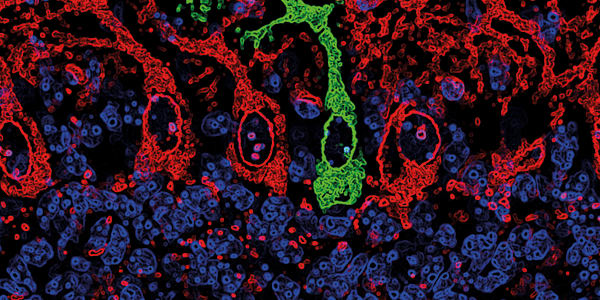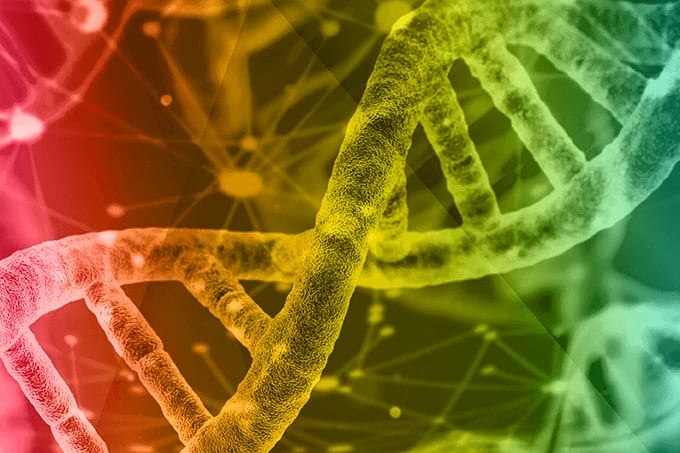World Brain Day, celebrated on July 22, is an annual initiative for raising awareness of brain health and neurological disorders. It underscores not just the global burden of neurological disorders, but also the pivotal role that laboratory professionals play in detecting, characterizing, and helping clinicians manage brain disease. As rates of neurodegenerative, cerebrovascular, infectious, and neoplastic brain conditions continue to rise, the importance of accurate, timely, and accessible diagnostic services has never been clearer.
We recently spoke with Daniel Brat, Professor of Neuropathology, who shared his love for the field. But alongside his enthusiasm, Brat was clear that there’s still much work to be done – specifically surrounding workforce shortages, education, and accessibility.
Neurological diseases often present subtly or mimic other conditions, making diagnosis a formidable challenge. Advanced diagnostics including neuroimaging, cerebrospinal fluid analysis, molecular testing, or neuropathological examination, offer the most effective route to informed patient care. And due to the complexity of these diseases, a multidisciplinary approach is often required – utilizing the skills of clinical neurologists, radiologists, laboratory professionals, and crucially, pathologists.
Neuropathology is central to characterizing brain tumors, identifying rare genetic or inflammatory diseases, and guiding therapeutic strategies through molecular profiling. As precision medicine advances, brain biopsies and autopsies yield insights far beyond morphology, incorporating next-generation sequencing, spatial biology, and biomarker validation into standard diagnostic workflows.
However, this increasing complexity arrives at a time of significant workforce strain. Around the world, a shortage of neuropathologists and clinical laboratory professionals threatens to delay diagnosis and compromise care quality. In many low- and middle-income countries, diagnostic access remains severely limited. Even in high-income settings, recruitment into neuropathology is failing to match senior staff retirement rates.
And unfortunately, these workforce challenges extend beyond specialist roles. Technologists, histotechnicians, and clinical scientists form the foundation of brain health diagnostics but often lack visibility, support, or opportunities for advancement. Addressing these gaps means investing in training, technology, and infrastructure to ensure that no diagnosis is delayed due to human resource constraints.
But, amongst these challenges, there is room for optimism. Innovation is creating new possibilities. Fluid biomarkers – like phosphorylated tau and neurofilament light – are increasingly used in the early detection of neurodegenerative diseases. And technological advancements through digital neuropathology and AI tools promise to reduce interpretation time and increase access to expert insights in under-resourced settings.
Looking ahead, it’s crucial to strengthen the diagnostic pathway, support the neuropathology workforce, and democratize access to brain health diagnostics to improve patient care.
Do you work in neuropathology striving towards improved diagnostics? We want to hear from you! Share your stories with us – challenges, experiences, and insights that your fellow laboratory professionals could learn from. Let’s put our heads together to unlock the full potential of brain care.




